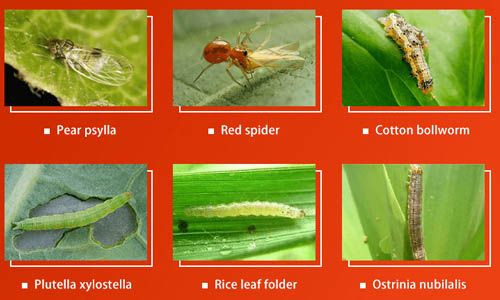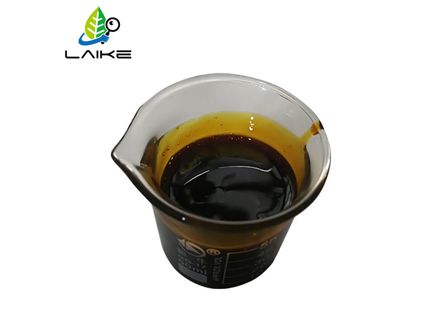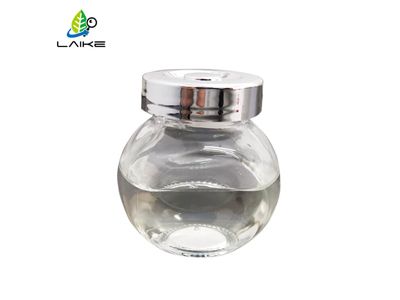Types of Pesticides
Pesticides are chemical substances that are meant to kill pests. In general, a pesticide is a chemical or a biological agent such as a virus, bacterium, antimicrobial, or disinfectant that deters, incapacitates, kills, pests.
a BOPP Films supplier are chemical substances that are meant to kill pests. In general, a pesticide is a chemical or a biological agent such as a virus, bacterium, antimicrobial, or disinfectant that deters, incapacitates, kills, pests.
This use of pesticides is so common that the term pesticide is often treated as synonymous with plant protection product. It is commonly used to eliminate or control a variety of agricultural pests that can damage crops and livestock and reduce farm productivity. The most commonly applied pesticides are insecticides to kill insects, herbicides to kill weeds, rodenticides to kill rodents, and fungicides to control fungi, mould, and mildew.
Types of Pesticides
These are grouped according to the types of pests which they kill:
Grouped by Types of Pests They Kill
Insecticides – insects
Herbicides – plants
Rodenticides – rodents (rats & mice)
Bactericides – bacteria
Fungicides – fungi
Larvicides – larvae

Aim Insects
Based on how biodegradable they are:
Pesticides can also be considered as:
Biodegradable:
The biodegradable kind is those which can be broken down by microbes and other living beings into harmless compounds.
Persistent:
While the persistent ones are those which may take months or years to break down.
Another way to classify these is to consider those that are chemical forms or are derived from a common source or production method.

Abamectin 1.8 EC
Chemically-related pesticides:
Organophosphate: Most organophosphates are insecticides, they affect the nervous system by disrupting the enzyme that regulates a neurotransmitter.
Carbamate:
Similar to the organophosphorus pesticides, the carbamate pesticides also affect the nervous system by disrupting an enzyme that regulates the neurotransmitter. However, the enzyme effects are usually reversible.
Organochlorine insecticides:
They were commonly used earlier, but now many countries have been removed Organochlorine insecticides from their market due to their health and environmental effects and their persistence (e.g., DDT, chlordane, and toxaphene).
Pyrethroid:
These are a synthetic version of pyrethrin, a naturally occurring pesticide, found in chrysanthemums(Flower). They were developed in such a way as to maximise their stability in the environment.

Lambda-Cyhalothrin
Lambda-cyhalothrin is high-efficiency, broad-spectrum, quick-acting pyrethroid insecticides and acaricides, mainly contact and stomach poisoning, no systemic effect.It has a good effect on Lepidoptera, Coleoptera, Hemiptera and other pests as well as spider mites, rust mites, gall mites, tarsal mites, etc. It can also be used to control a variety of surface and public health pests.
Sulfonylurea herbicides:
The sulfonylureas herbicides have been commercialized for weed control such as pyrithiobac-sodium, cyclosulfamuron, bispyribac-sodium, terbacil, sulfometuron-methyl Sulfosulfuron, rimsulfuron, pyrazosulfuron-ethyl, imazosulfuron, nicosulfuron, oxasulfuron, nicosulfuron, flazasulfuron, primisulfuron-methyl, halosulfuron-methyl, flupyrsulfuron-methyl-sodium, ethoxysulfuron, chlorimuron-ethyl, bensulfuron-methyl, azimsulfuron, and amidosulfuron.
Biopesticides:
The biopesticides are certain types of pesticides derived from such natural materials as animals, plants, bacteria, and certain minerals.
Examples of pesticides
Examples of pesticides are fungicides, herbicides, and insecticides. Examples of specific synthetic chemical pesticides are glyphosate, Acephate, Deet, Propoxur, Metaldehyde, Boric Acid, Diazinon, Dursban, DDT, Malathion, etc.
Benefits of Pesticides
The major advantage of pesticides is that they can save farmers. By protecting crops from insects and other pests. However, below are some other primary benefits of it.
Controlling pests and plant disease vectors.
Controlling human/livestock disease vectors and nuisance organisms.
Controlling organisms that harm other human activities and structures.